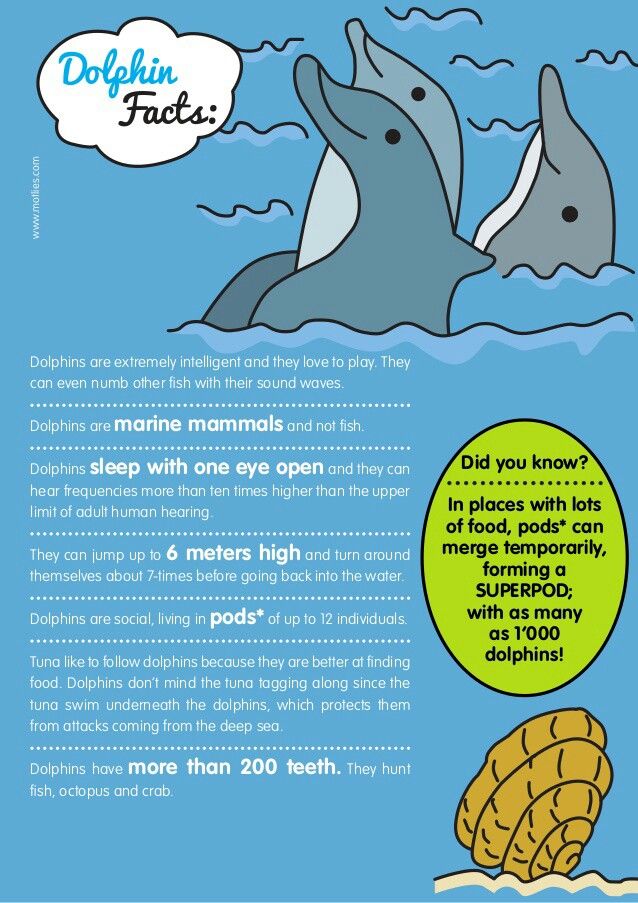Is making your own baby food healthier
Making Homemade Baby Food: Benefits, Disadvantages, and More
A step-by-step guide to making and storing food for your baby.
Written by Gina Shaw
When you begin feeding your baby solid foods, it’s time to think about what foods you’re going to be feeding them. There are many healthy premade options, including organic baby food. But homemade baby food is a popular option for parents who want to know exactly what goes into their baby’s mouth -- and making it may be easier than you think.
Homemade Baby Food: Advantages of Making It Yourself
Parents who prefer homemade baby food have many reasons for their choice.
- They know exactly what they’re feeding their baby.
- It’s more economical than buying pre-packaged foods (although some parents note that this is not always the case).
- They can choose their own fruits, vegetables, and other foods for purees, instead of relying on the flavors chosen by manufacturers. You’re not going to find melons or avocados in the baby food section of the supermarket.
- It gets the baby used to eating the same food as the rest of the family -- just in puree form.
Myra Bartalos, the mother of a 20-month-old daughter in Brooklyn, N.Y, found that making her own baby food was easy and appealed to her concern for her daughter’s nutrition.
“What sealed the deal for me was finding out that jarred food is cooked at extremely high temperatures to kill bacteria for longer storage, at the same time taking out many of the food's vitamins and nutrients and taste,” says Bartalos. “I would roast, steam, or boil veggies or fruit on the weekends and puree in a mini food processor. I'd make three or four different fruits and veggies at a time, so I had a month's worth of food with each cooking weekend.”
“Making your own baby food does help you think more about what you're feeding your child,” says Erika Radtke, the mother of a 4-year-old boy and newborn daughter in Carlsbad, Calif. “And it seems to pave the way for making healthier meals, even as he or she gets older.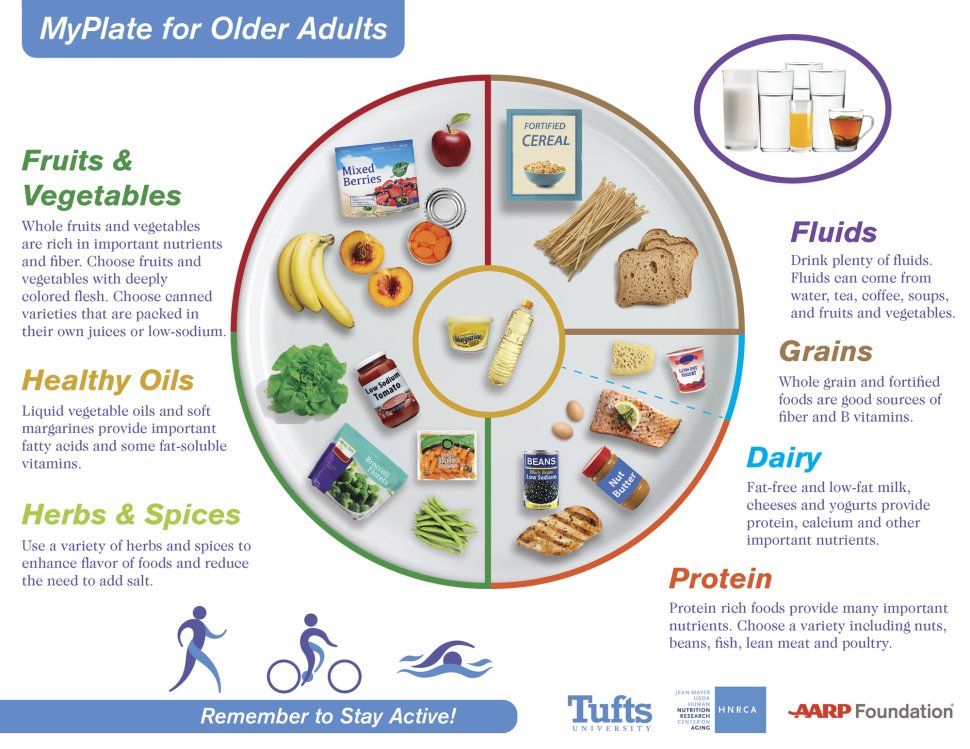 ”
”
Making Baby Food: Disadvantages of the Homemade Approach
Some parents who’ve tried and given up on homemade baby food point out these disadvantages to making it:
- Time. It takes time to make and prepare lots of little servings of homemade baby food. It’s much faster to pick up prepackaged servings.
- Convenience. Prepackaged baby foods come in measured amounts and ready to serve.
- Storage. Homemade baby foods may spoil more quickly and require refrigeration, which may take up room in your fridge or freezer if you make a lot of servings ahead of time. Prepackaged baby foods don’t need refrigerator storage until they’re opened.
Although Radtke made some of her son’s baby food, she admits, “It was a pain. I used to take a whole weekend to cook the foods, portion it out into ice cube trays, freeze them and store them. I didn't have a problem using Gerber's or Earth's Best when I ran out, though.”
If you’re daunted by the idea of making your own baby food, don’t feel that you’re neglecting your baby. “Foods intended for babies are so pure to begin with,” says Jennifer Shu, MD, a pediatrician in Atlanta and co-author of Heading Home with Your Newborn: From Birth to Reality and Food Fights: Winning the Nutritional Challenges of Parenthood Armed with Insight, Humor, and a Bottle of Ketchup.
“Foods intended for babies are so pure to begin with,” says Jennifer Shu, MD, a pediatrician in Atlanta and co-author of Heading Home with Your Newborn: From Birth to Reality and Food Fights: Winning the Nutritional Challenges of Parenthood Armed with Insight, Humor, and a Bottle of Ketchup.
“If you’re really concerned about what your baby’s eating and don’t have the time to make your own baby food, focus your attention on what they’re eating once they begin table foods,” Shu tells WebMD. “It’s really a very short window of time when they are eating purees.”
Making Baby Food: What You’ll Need
If you decide to make your own baby food, says Shu, it’s not that difficult: “All you need is a food grinder and a way to steam the food.” (If you’re taking the time to make your own baby food, steaming is the best way to cook ingredients because it preserves the most nutrients.)
There are plenty of baby food makers on the market, from a French product that combines steaming, blending, warming, and defrosting, to simple baby food processors, mills, and grinders. But you don’t need to buy any of these products; your own food processor will work just as well for making baby food. And if you don’t have one, just use a potato masher or blender, to make sure the food is soft and does not have chunks.
But you don’t need to buy any of these products; your own food processor will work just as well for making baby food. And if you don’t have one, just use a potato masher or blender, to make sure the food is soft and does not have chunks.
Many popular books offer hundreds of recipes for baby food purees, including Blender Baby Food, Top 100 Baby Purees, and the Petit Appetit Cookbook. These books can help you come up with new ideas to try with your baby and remind you of important nutrients to include, but as with baby food makers, they’re not a requirement for making your own baby food.
Healthy Homemade: How to Make Baby Food in 6 Easy Steps
- Wash and rinse your hands and equipment.
- Scrub and peel fruits and vegetables.
- Bake, steam, roast, or microwave until tender (steaming and microwaving preserve the most nutrients).
- Puree in a food processor with a little liquid (water, breast milk, or formula), or mash if your baby can handle more texture.

- Store in the refrigerator or freezer, in airtight containers. (Packaged baby foods can be stored in the cupboard until they’re opened; because they’re fresh, homemade baby foods can’t.)
- Rewarm when it’s time to eat and allow to cool.
There are a number of storage containers sold specifically for refrigerating and freezing small serving-sized amounts of baby food; you can also just use an ice cube tray.
In addition to fruits and vegetables, you can puree foods such as cooked meats (fully cooked, with no pink, and remove fat, skin, and connective tissue), beans, and cooked eggs.
Homemade Made Easy: 1-Step Baby Food
When you’re preparing some foods, you can actually cut the steps down to one. “Cutting up a very ripe pear, mashing a banana, mashing an avocado -- that’s making your own baby food,” Shu tells WebMD. “Or, for example, when you make mashed potatoes for the family, set aside some that don’t have whole milk added. You can add a little butter or mild spices. As long as you’re eating healthy, you can give your baby a modified version of what you’re eating.”
As long as you’re eating healthy, you can give your baby a modified version of what you’re eating.”
The Benefits Of Homemade Baby Food – Happiest Baby
By Gabrielle McPherson, MS, RDN, LDN
Truth: Not all parents have the time or the inclination to make their own baby food—and that's A-okay! But if you've been considering becoming a master baby food chef, here's a little inspiration to get you motivated.
Homemade Baby Food Benefit #1: Making baby food is affordableWhile it does take more time to prepare homemade baby food than to pop open a jar, it’s often cheaper to make your own. For instance, a 4-ounce jar of banana baby food costs roughly $1.00, whereas a 4-ounce banana costs $0.19.
Homemade Baby Food Benefit #2: Less exposure to heavy metalsIn the last few years, there have been several reports of toxic heavy metals being found in commercial baby food. While the levels found have been relatively small, exposure should still be minimized. The FDA is working on doing a better job of monitoring and regulating heavy metals in store-bought baby food, but right now, it’s still nearly impossible to know which ones are totally safe and which aren’t. DIYing your baby food helps because you know exactly what’s going into your baby’s tummy and you’re avoiding heavy metals that can get into baby food from food manufacturing and packaging.
The FDA is working on doing a better job of monitoring and regulating heavy metals in store-bought baby food, but right now, it’s still nearly impossible to know which ones are totally safe and which aren’t. DIYing your baby food helps because you know exactly what’s going into your baby’s tummy and you’re avoiding heavy metals that can get into baby food from food manufacturing and packaging.
When compared to homemade baby food, store-bought baby food is higher in sodium and sugar, according to a 2017 study. On top of that, further research has shown that popular infant food pouches contain significantly more sugar per serving than jarred baby food. This is, well, jarring since babies do not need any added salt or sugar to liven up their meals. Instead, they need to experience the natural flavors of food in order to develop a diverse and healthy palate. That said, as your baby progresses through eating a greater variety of food, it’s totally okay (and smart!) to brighten their meals with healthy add-ins, like a sprinkle of cinnamon in mashed butternut squash or crushed garlic in whipped cauliflower.
Store-bought baby food is quick and convenient, but their flavors are often vastly different from homemade baby food. For one, research shows that many store-bought baby foods that claim to be rich in dark green vegetables, actually don’t contain much at all—and they’re often sweetened with fruit puree, which distorts the flavor. This is important, since repeated exposure to the likes of kale, spinach, broccoli, and more is key for helping babies learn to like these flavors. Beyond exposure to green leafies, making baby food gives you more control over offering lots of different flavors and textures early, which can help little ones develop food preferences in the future—and, fingers crossed—hopefully reducing the likelihood of picky eating.
Homemade Baby Food Benefit #5: Baby eats what the family eatsSharing a family meal—with everyone enjoying the same foods—is a wonderful benefit of making your own baby food. Remember, there’s no need to buy different foods for your baby. Simply grocery shop for a variety of fruits and vegetables, making sure that the version your little one gets is appropriately prepared. That includes removing Baby’s portion before you add salt or strong seasoning. At the same time, consider opting for fruits and vegetables that you might not typically buy. This way, the whole family is trying new foods together!
Remember, there’s no need to buy different foods for your baby. Simply grocery shop for a variety of fruits and vegetables, making sure that the version your little one gets is appropriately prepared. That includes removing Baby’s portion before you add salt or strong seasoning. At the same time, consider opting for fruits and vegetables that you might not typically buy. This way, the whole family is trying new foods together!
What next? Check out our easy-as-can-be quick start guide to making your own baby food!
About Gabrielle McPherson
Gabrielle McPherson, MS, RDN, LDN is registered dietitian in Missouri who specializes in community and pediatric nutrition. Gaby is passionate about encouraging families to eat well in simple, practical ways that are realistic...and delicious! When not working, Gaby loves cooking, baking, and making messes and memories with her sous-chef/preschooler Charlotte.
View more posts tagged, feeding
Have questions about a Happiest Baby product? Our consultants would be happy to help! Connect with us at customercare@happiestbaby. com.
com.
Disclaimer: The information on our site is NOT medical advice for any specific person or condition. It is only meant as general information. If you have any medical questions and concerns about your child or yourself, please contact your health provider.
Nutrilon® 3 Premium Baby Milk 400 g
A unique composition with the Pronutri + complex for the formation of immunity and the development of intelligence. For feeding babies from 1 year to 1.5 years.
Why does a child after a year need baby milk?
Your baby is one year old. He is actively growing, taking his first independent steps and learning to communicate with the outside world. The baby's immune system continues to develop, so it needs protection. He needs vitamins and a balanced diet to grow up active and healthy. Up to three years, the taste of the baby is formed. In order to properly develop its taste, it is necessary to diversify its diet. nine0004
Dairy products are an important part of a child's diet over the age of one, but regular cow's milk does not provide the baby with the necessary amount of some of the important nutrients that he needs during his developmental period. And the higher protein content in ordinary cow's milk does not quite meet the needs of the child's body during this period.
And the higher protein content in ordinary cow's milk does not quite meet the needs of the child's body during this period.
Benefits of Nutrilon®3 Premium Baby Milk
From the age of 1 to 3 years, the active formation of the brain and the formation of immunity of the child continues. During this period, the diet of the baby plays an important role. nine0004
According to the National Nutrition Optimization Program for children aged 1 to 3 years, a child's daily milk ration should consist of 400-450 ml of dairy products, including 200 ml of dairy drinks of level 3 or 4, of which the child will receive (compared to cow's milk) :
- 5 times iron
- 2 times more vitamin A
- vitamin D
- unsaturated fatty acids
Nutrilon® 3 Premium's unique formulation with Pronutri+* Complex promotes immune and intelligence development to help your baby thrive. nine0004
- GOS/FOS Prebiotics ** help develop a healthy gut microflora and support your baby's immune system to help reduce the risk of allergies and infections.
 Nutrilon® 3 Premium with Pronutri+ complex is a unique baby milk in Russia with a clinically proven positive effect on the baby's immune system.
Nutrilon® 3 Premium with Pronutri+ complex is a unique baby milk in Russia with a clinically proven positive effect on the baby's immune system. - Special fatty acids help the proper development of the brain and vision of the baby, have a positive effect on immunity. Only Nutrilon® Premium contains the most complete complex of special fatty acids ARA/DHA/EPA*** in sufficient quantities. nine0021
- Balanced vitamin complex , designed specifically for the needs of children over the age of one, as well as a sufficient amount of iron and iodine, contribute to the healthy and harmonious growth of the child. The optimal content of calcium and vitamin D will help strengthen your baby's teeth and bones.
*PronutriPlus
**Fructose oligosaccharides (GOS), Galacto-oligosaccharides (FOS)
0047
Nutrition information
Click here to download the nutrition information.
Composition
Skim milk, vegetable oil blend (palm, sunflower, rapeseed), lactose, prebiotics (galactooligosugar, fructooligosugar), demineralized whey, whey protein concentrate, minerals, fish oil, vitamin complex, soy lecithin, choline, taurine, trace elements .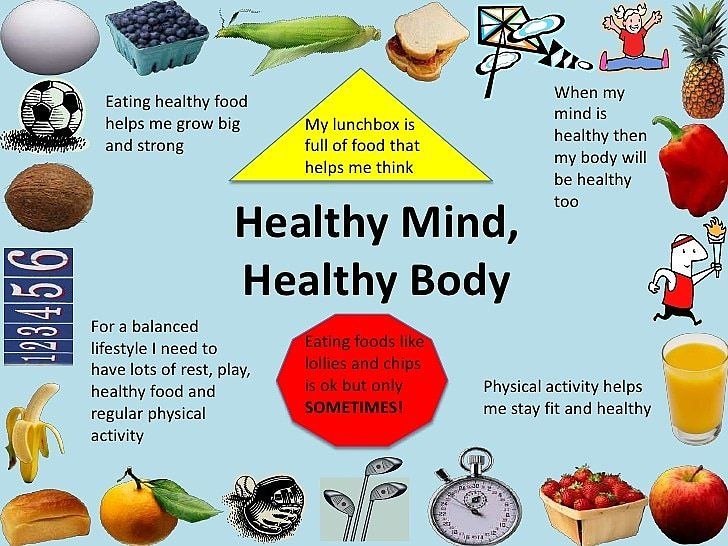 *the fat component of the milk formula was developed on the basis of data on the fatty acid composition of breast milk
*the fat component of the milk formula was developed on the basis of data on the fatty acid composition of breast milk
Storage
- Store unopened cans at temperatures from 0 to +25 degrees and relative humidity not more than 75%.
- Once opened, store tightly closed in a cool, dry place, but not in the refrigerator.
- Refrigerator humidity may be higher than recommended. As a result, the mixture can become damp, as well as absorb the odors and microflora of the products that are in the refrigerator next to the mixture. nine0020 Use contents of opened jar within three weeks.
- To store the mixture, choose a place as far away from flour and cereal products as possible in order to avoid contamination of baby food by insects.
- The company can guarantee the safety of the quality of baby food only if all the conditions of storage and preparation of products are observed. If these conditions are violated, deviations from safety standards are possible, which can lead to a deterioration in the health of the child.
 nine0021
nine0021
How to prepare
Wash your hands and sterilize the bottle and teat.
Boil water. Cool it down to 40°C.
According to the feeding chart, measure the exact amount of water and pour into a sterilized bottle. Do not reuse boiled water.
Be sure to use the supplied measuring spoon. Spray the measuring spoon provided with boiling water and dry it. Remove the pile of dry mix with the back of a knife. nine0004
Add the exact number of scoops of the mixture to the water. Adding more or less than the recommended amount of formula may be harmful to your baby's health.
Close the bottle and shake well until the mixture is completely dissolved. Remove the cap and put the nipple on the bottle.
Check the temperature of the finished mix on the inside of your wrist (37°C).
Feeding chart
Formula-fed babies (unless otherwise advised by a specialist):
| Child's age | Number of feedings per day | Water volume, ml | Number of scoops |
|---|---|---|---|
| 12 months and older | 2 | 210 | 7 |
100 ml Nutrilon® 3 Premium drink = 90 ml water + 3 scoops powdered baby milk
1 scoop = 4. 9 g powdered milk drink including the age, weight and appetite of the baby. Our chart provides recommendations on how often to feed your baby formula based on their age. Of course, these are only approximate recommendations. For premature babies or babies born with low birth weight, they will be different. nine0004
9 g powdered milk drink including the age, weight and appetite of the baby. Our chart provides recommendations on how often to feed your baby formula based on their age. Of course, these are only approximate recommendations. For premature babies or babies born with low birth weight, they will be different. nine0004
Important!
- Prepare food just before consumption!
- Do not use leftover food for later feeding!
- Do not heat the mixture in the microwave oven, to avoid the formation of hot lumps of the mixture.
- Strictly follow the recommendations for the amount of mixture when preparing and do not add anything to the prepared mixture.
- New formula should be introduced into the baby's diet gradually. Consult with a specialist before introducing the product. If you have additional questions, please contact the Nutriclub expert line for moms. nine0021
Changing from one mixture to another
The baby's digestive system needs time to adapt to the assimilation of a new milk mixture - it is possible to change the activity of some enzymes, the rate of processing of the components of the mixture, and the nature of the stool also changes.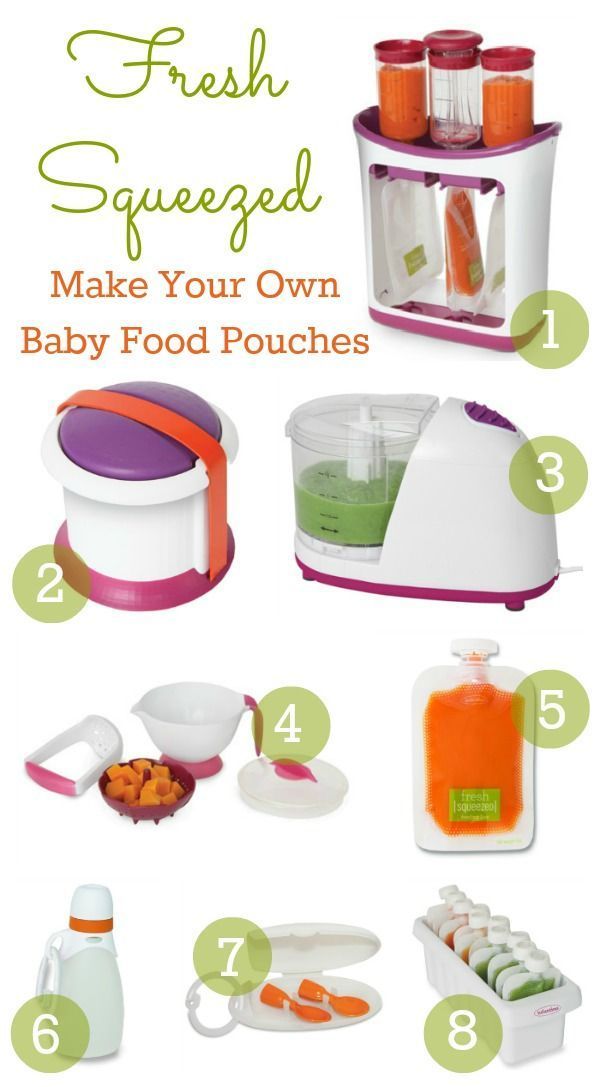
Start with very small amounts of any new infant formula. Mix old and new formula in separate containers and mix just before feeding in one bottle. nine0004
As the amount of new milk formula is increased, the volume of the usual formula is reduced. So the baby's digestive system will gradually "learn" to assimilate a new product, your baby will gradually get used to the new taste.
In addition, you will be able to adequately and timely assess the reaction of the baby to the new milk formula.
| Introduction period | The amount of the mixture for 1 dose, ml | Multiplicity of reception | Amount per day, ml |
|---|---|---|---|
| 1st day | 30 | 1 | 30 |
| 2nd day | 30 | 2-3 | 60-90 |
| 3rd day | 30 | 5-6 | 150–180 |
| 4th day | 60 | 5-6 | 300–360 |
| Day 5 | 100 | 5-6 | 500-600 |
| 6th day | nine0128 1505-6 | 750 |
The introduction of a new mixture is an important moment in the nutrition of the baby, and in order for it to be successful and you have not missed anything, do not forget to consult with a specialist on this issue.
1. What is Pronutri+ for?
New scientific data on the study of the composition and properties of breast milk and formula components allow us to highlight the unique Pronutri + complex as a complex for the development of immunity and intelligence of a child, which consists of:
- special fatty acids (ARA/DHA)
- prebiotics (GOS/FOS)
- vitamins and trace elements
2. How do the components of Pronutri+ affect the child?
Due to the friendly effect of the components, Pronutri + promotes proper physical development, the formation of immunity, the development of the brain and organs of vision.
The development of immunity and the development of the brain and organs of vision improve the intellectual development of the child (memory, thinking, speech, learning ability). Pronutri+ helps build immunity. nine0003
3. Is there enough vitamin D in the mixture?
If a baby is bottle-fed with Nutrilon® 3 Premium formula and drinks about 200-220 ml of formula per day, he will receive 30% of his daily vitamin D with formula. However, a specialist may also recommend additional vitamin D intake.
However, a specialist may also recommend additional vitamin D intake.
4. What is soy lecithin?
Soy lecithin is a mixture of phospholipids isolated from soybean oil obtained from natural (non-genetically modified) raw materials. Phospholipids are an important building material for every cell: being part of cell membranes, they ensure the exchange of the cell with its environment and the interaction of cells with each other. Brain at 80-90% consists of phospholipids, so they are especially necessary for building brain tissue and cells of the nervous system. The use of soy lecithin is permitted in the production of baby food in accordance with the legislation of the Russian Federation and the Customs Union.
5. What is taurine?
Taurine is a vital, non-essential (essential) amino acid, especially necessary for the normal development of the central nervous system and muscles. Taurine reserves in the body are limited, which determines the need for its intake with food. After childbirth, its concentration in mother's milk reaches high values. The baby receives the first portion of taurine intended by nature with mother's milk. After establishing this fact, taurine began to be added to infant milk formulas for artificial feeding. nine0003
After childbirth, its concentration in mother's milk reaches high values. The baby receives the first portion of taurine intended by nature with mother's milk. After establishing this fact, taurine began to be added to infant milk formulas for artificial feeding. nine0003
6. What are nucleotides?
Nucleotides are the building blocks of cell DNA and are especially necessary for a growing organism. Important for premature babies and during illness. There are opinions that when using nucleotides in children, weight gain increases, indicators of physical and neuropsychic development improve, the maturation of nervous tissue and the formation of organs of vision occur faster. It has been scientifically proven that nucleotides have a beneficial effect on the development of the small intestine, increase the number of beneficial bifidobacteria in the composition of the intestinal microflora. nine0311
Buy online
Other packaging formats
You will be interested
- Nutriclub - healthy nutrition and child development
- Mixes and cereals
- Nutrilon® blends
- From 12 months
- For healthy children
- Nutrilon® 3 Premium Baby Milk 400 g nine0021
Proper nutrition of a child is a guarantee of health - Children's City Polyclinic No. 1
Every parent wants his child to grow up healthy, smart, happy.
From childhood, we must teach our children to choose from the variety of foods that are really good for health. The nutrition of children is somewhat different from the nutrition of adults. If the child's nutrition system is built correctly, then the child develops normally, both physically and mentally. nine0004
Make your family's way of life by introducing your child to proper nutrition every day. There is no need to arrange constant lectures from this on the topic of what is useful and what is harmful.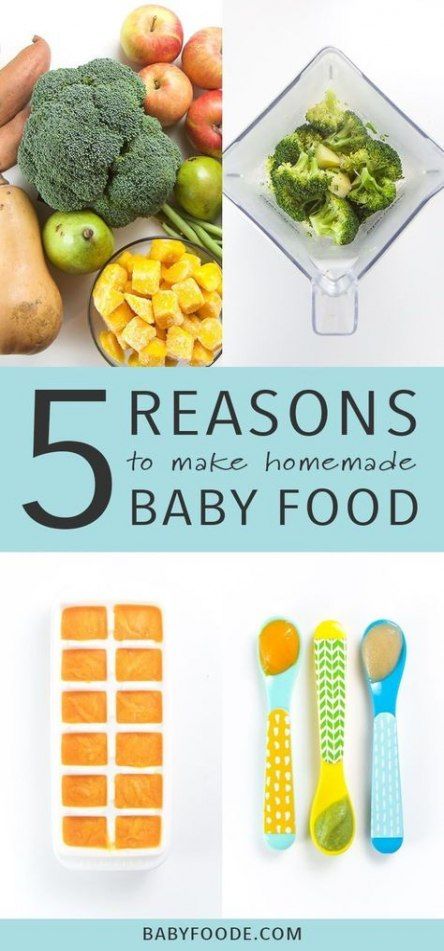 By actively communicating with your child, setting an example, you instill good eating habits.
By actively communicating with your child, setting an example, you instill good eating habits.
Only good things should be spoken at the table. The situation should help the child to relax, then the appetite will be good and the mood will be friendly. Children can help you with serving and decorating dishes. When serving vegetables and fruits, ask the children what vitamins and minerals they contain and why they are so useful. nine0336 In order to organize proper nutrition of a child, you need to follow several important rules:
Rule 1
Food should be varied.
This is an important condition for the child's body to receive all the substances necessary for growth and development. Every day, the child's menu should include: fruits and vegetables; meat and fish; milk and dairy products; grain products (bread, cereals, cereals). Insufficiency or excess of food consumed by a child can adversely affect the activity of the gastrointestinal tract, contribute to metabolic disorders, increase overweight (even to various degrees of obesity) or lead to malnutrition. nine0004
If the child refuses to eat a healthy dish, invite him to experiment and make the dish unusual.
So, with the help of dried fruits and nuts, you can put a funny face on porridge, use ketchup and greens to draw a pattern on scrambled eggs, put mashed potatoes on a plate in the form of a snowman figure, etc.
What should not be used in children's nutrition:
- Offal other than liver, tongue, heart; blood, liver, raw smoked sausages. nine0021
- Deep fried food and culinary products, chips.
- Curds, condensed milk with vegetable fats.
- Kumis and fermented milk products containing ethanol (more than 0.5%).
- Cream confectionery containing vegetable protein.
- First and second courses based on fast food concentrates.
- Vinegar, mustard, horseradish, hot peppers and other hot spices and food products containing them, including hot sauces, ketchups, mayonnaises and mayonnaise sauces.
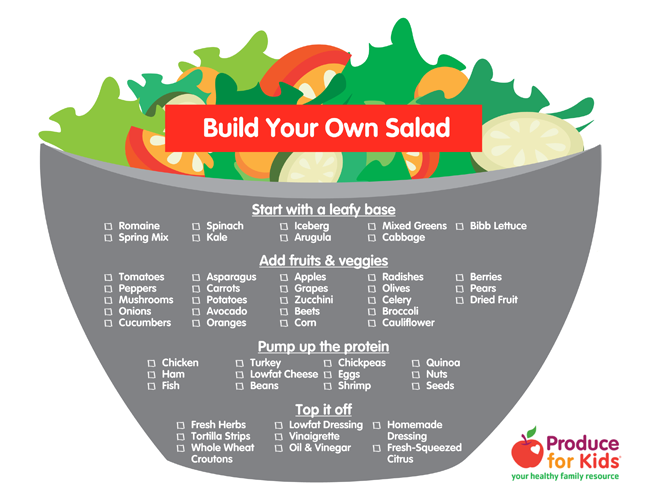 nine0021
nine0021 - Pickled vegetables and fruits.
- Natural coffee and carbonated drinks, apricot kernels, peanuts.
- Products, including confectionery, containing alcohol.
- Food products containing a large amount of food additives in their composition (information is indicated by the manufacturer on consumer packaging).
- Dry concentrates for cooking first and second courses (soups, Dosherak vermicelli, cereals).
Rule 2
The child must eat regularly.
Compliance with the diet of children is of great importance for the absorption of nutrients by the body. Preschool children are recommended to eat 4-5 times a day, every 3 hours, at the same time, distributing the diet as follows: breakfast - 25%, lunch - 35%, afternoon snack - 15%, dinner - 25% . At school age, it is advisable to have four meals a day, every 4 hours with an even distribution of the daily ration: breakfast - 25%, second breakfast - 20%, lunch - 35%, dinner - 20%. nine0004
nine0004
Try to stop snacking and teach your child to eat only at the table. If this still doesn't work, offer fruit, biscuits, juice for a snack - food that will help drown out hunger, but will not ruin your appetite.
Proper organization of meals at school in the form of hot school breakfasts and lunches in extended day groups, whose diet should be 50-70% of the daily norm, which, unfortunately, parents have little are paying attention. Eating sandwiches, pizza, chips, chocolate bars is harmful because - this food is inferior in composition and also irritates the stomach, contributing to the development of gastritis. nine0004
Rule 3
A child's food should replenish his daily energy expenditure.
If your child is overweight, limit the amount of sweets and high-calorie desserts, empty the refrigerator. Put a bowl of fruit on the table, a plate of whole grain bread. Children can eat fruits without any restrictions, it is almost impossible to overeat them, and they are very useful.







